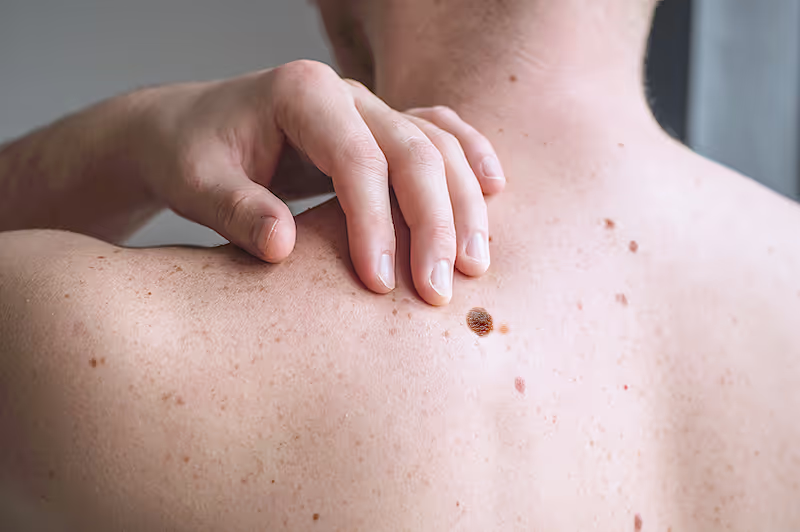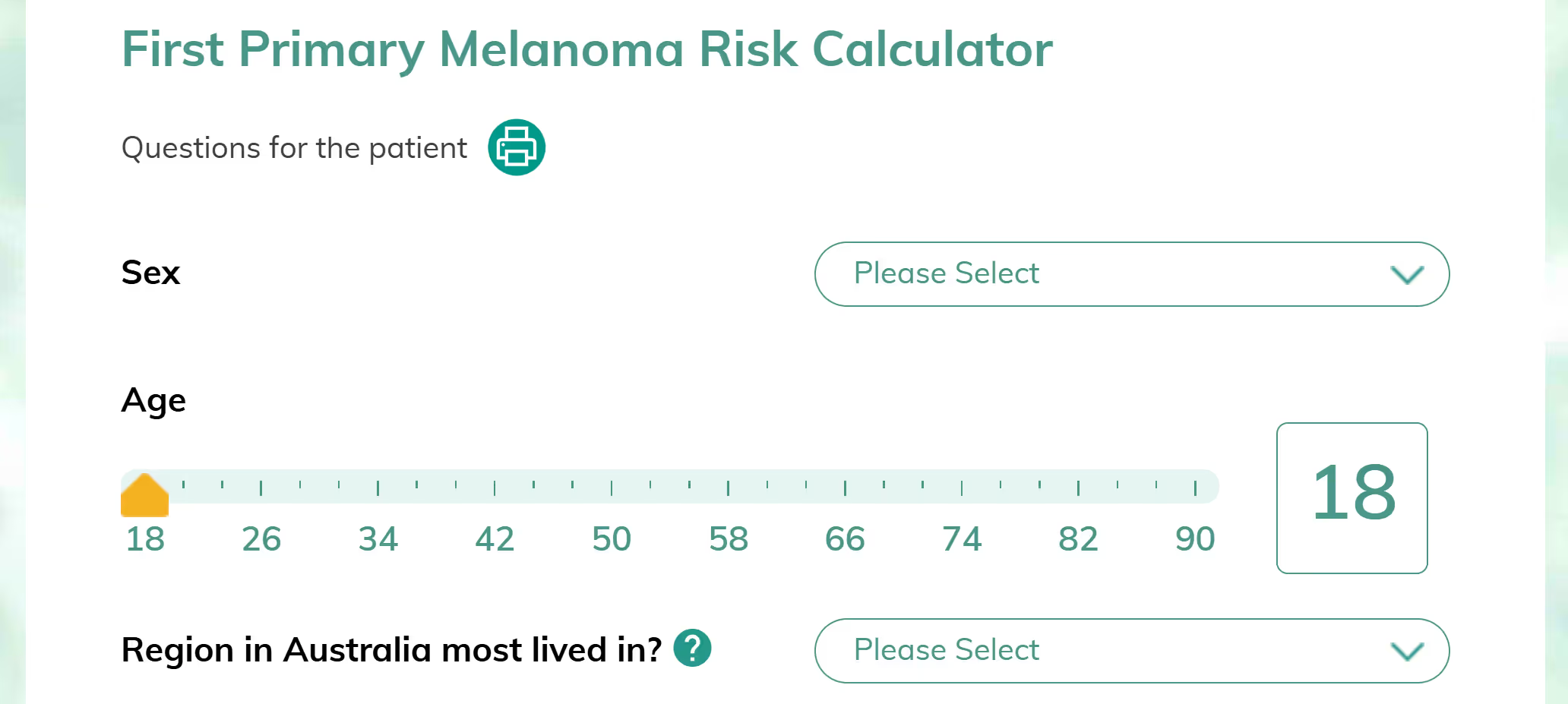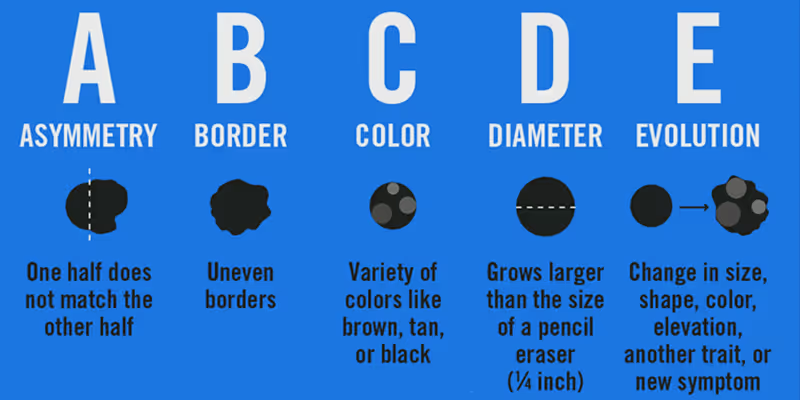Melanoma Risk Calculators: Calculate Your Cancer Risk In 2 Minutes
Understanding your melanoma risk is the first step towards prevention. At Everlab, we use cutting-edge diagnostics and personalised care to reduce your risk of melanoma.

Melanoma is one of the most serious types of skin cancer. Although it accounts for only 1% of skin cancer cases, it causes the majority of skin cancer-related deaths. Early detection is critical, as it significantly improves outcomes and lowers the risk of recurrence. In Australia, where skin cancer rates are among the highest in the world, understanding your risk of melanoma is essential, and tools like melanoma risk calculators can help.

A melanoma risk calculator is a tool designed to estimate your likelihood of developing melanoma based on a risk assessment of factors such as:
These calculators are not diagnostic tools but provide valuable insights into your potential risk. Additionally, risk prediction tools are essential instruments designed to aid clinicians in making informed treatment decisions, particularly in the context of immunotherapy and melanoma management.
1. Early Awareness: Detecting risks early allows you to take proactive steps to reduce them.
2. Personalised Insights: Unlike generic advice, a melanoma risk calculator considers your unique profile.
3. Informed Decisions: Knowing your risk, especially if you notice a new or changed skin lesion, can guide actions like scheduling regular skin checks or adopting sun-safe practices.
Certain factors significantly increase your chances of developing melanoma, including:
Your daily habits play a huge role in melanoma prevention. For instance:

Melanoma risk calculators use algorithms based on large-scale studies of melanoma patients. These tools consider your input (e.g., age, skin type, lifestyle) and compare it to known risk patterns.
The Melanoma Institute Australia has developed online Risk Prediction Calculators designed to assist clinicians in the prevention, early detection, and optimal treatment of melanoma. These tools facilitate informed discussions between healthcare providers and patients, supported by data from various reputable sources.
If you have a first-degree relative (parent, sibling, or child) with melanoma, your risk doubles. Genetic mutations, such as changes in the CDKN2A gene, are also linked to a higher likelihood of developing melanoma.
While genetic testing isn’t necessary for everyone, it can provide clarity if you have a strong family history of melanoma. Your doctor or a preventative health program like Everlab can guide you on whether testing is appropriate.
Even after successful treatment, melanoma can return. Your melanoma recurrence risk depends on factors such as:
Predictive tools that leverage data published in peer-reviewed journals can help clinicians and patients make informed decisions about treatment by accurately forecasting the potential immunotherapy outcomes.

If you notice any of these signs, seek a professional evaluation immediately.
For high-risk individuals, annual checks are recommended. If your melanoma risk calculator indicates elevated risk, consult your doctor about more frequent visits.

While you can’t change certain factors like genetics, lifestyle changes can significantly reduce your melanoma risk:
Understanding your melanoma risk is the first step towards prevention. Tools like risk calculators and proactive healthcare programs empower you to make informed decisions. At Everlab, we use cutting-edge diagnostics and personalised care to reduce your risk of diseases like cancer, heart disease, diabetes and more.




Join 1000's of Australians improving their health with proactive, personalised healthcare.